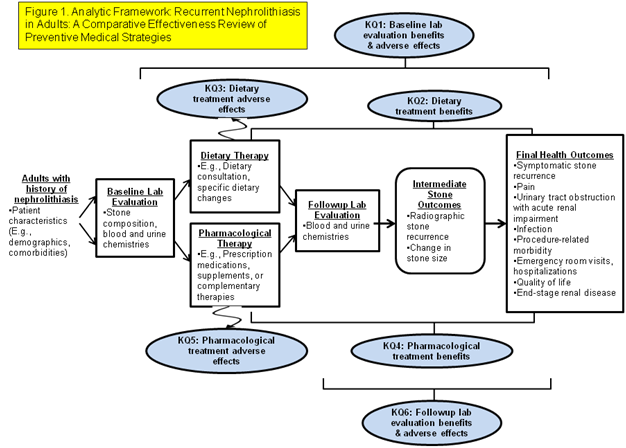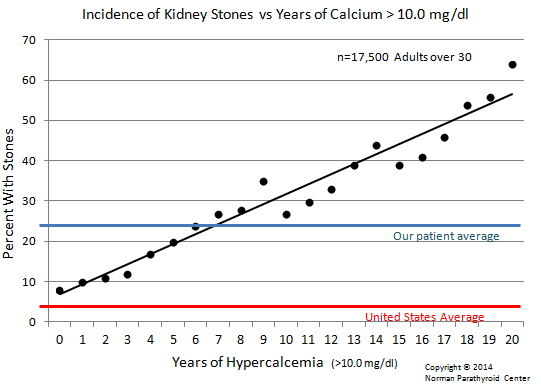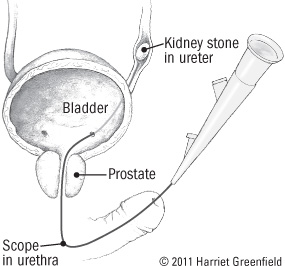Kidney Stones Young Age

The prevalence of kidney stones was 10 during 2013 2014.
Kidney stones young age. After the age of 40 the risk of developing kidney stones in them increases. Following are general causes for kidney stones. Kidney stones are small usually between the size of a kernel of corn and a grain of salt.
A teen having a kidney stone has an underlying condition that increases the risk of kidney stone development. Your child may have more than one. While kidney stones can occur at any age even in premature infants most occur in teens with teen girls having the highest incidence.
Kidney stones can be made of uric acid calcium phosphate or oxalate crystals. Chances of developing crystals resulting in kidney stone increases due to high urine saturation. These minerals are normally found in urine and do not cause problems at normal levels.
The prevalence of kidney stones in the united states increased from 3 8 in the late 1970s to 8 8 in the late 2000s. If ureteric stones stones in the ureter tube running between the kidney and bladder are small less than 10mm in the distal part of the ureter the part before the ureter joins the bladder and not causing complete blockage to the ureter the child should be given a drug called an alpha blocker to help the stone to pass. Rarely stones may form in the bladder.
It is estimated that one in ten people will have a kidney stone at some time in their lives. Individuals who have had the displeasure of passing a kidney stone at a very young age are more likely to pass more kidney stones during their lifetime. The stone typically forms in the kidney before it passes down the tubes connecting the kidney to the bladder.
The crystals build up and form kidney stones. When this happens certain types of waste crystals separate from the urine. Men are more likely to experience recurrent episodes of kidney stone development than women.












.jpg)





